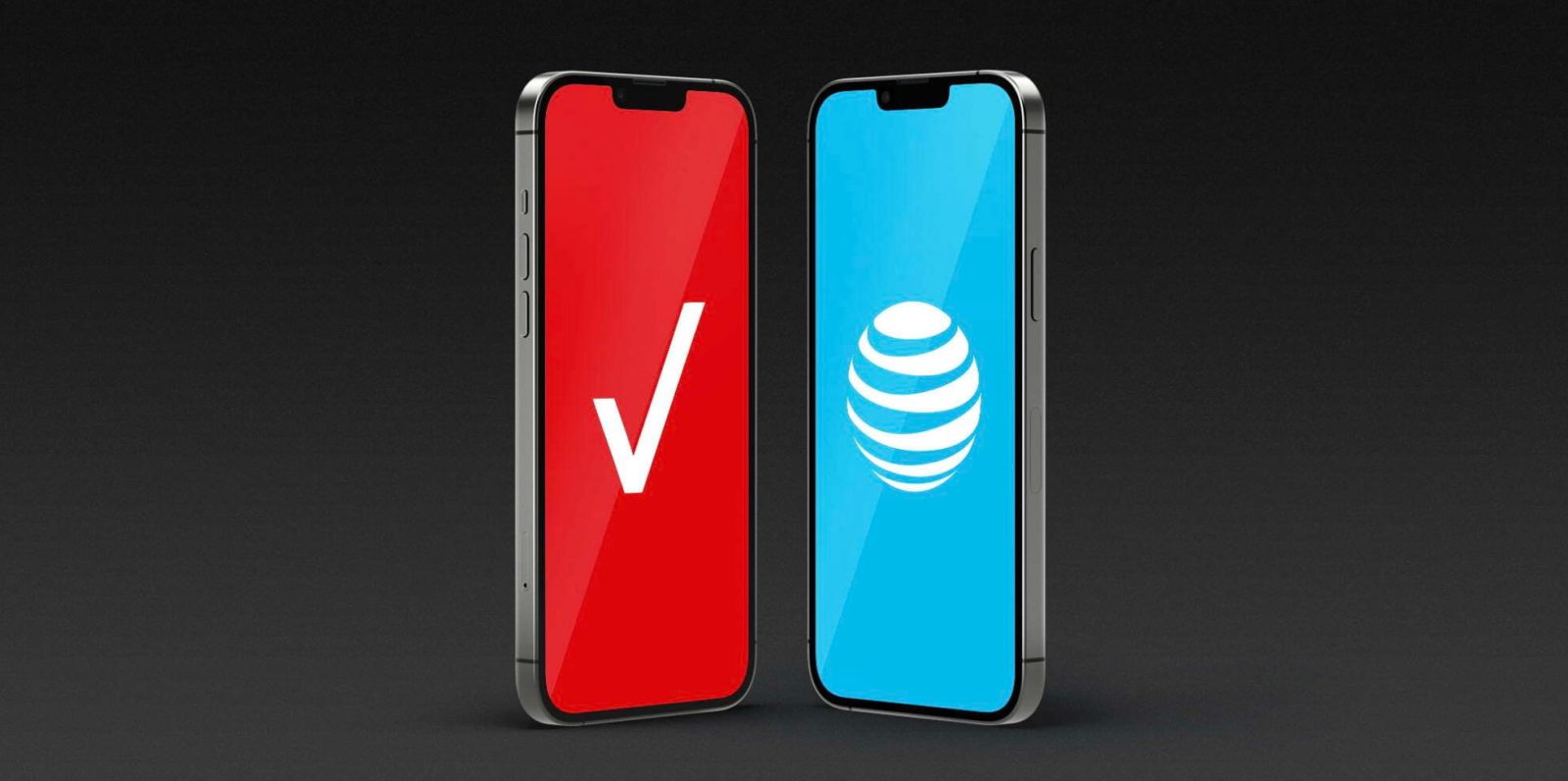
Considering switching carriers as you think about upgrading to iPhone 14? With market competition strong, the major US carriers are offering compelling incentives for new customers. Below we’ll specifically focus on Verizon vs AT&T including how they compare with speed, how to find real-world coverage maps, how to test Verizon for free instantly with an iPhone eSIM, and more.
Table of contents
Verizon vs AT&T: Which carrier is best for you?
Coverage
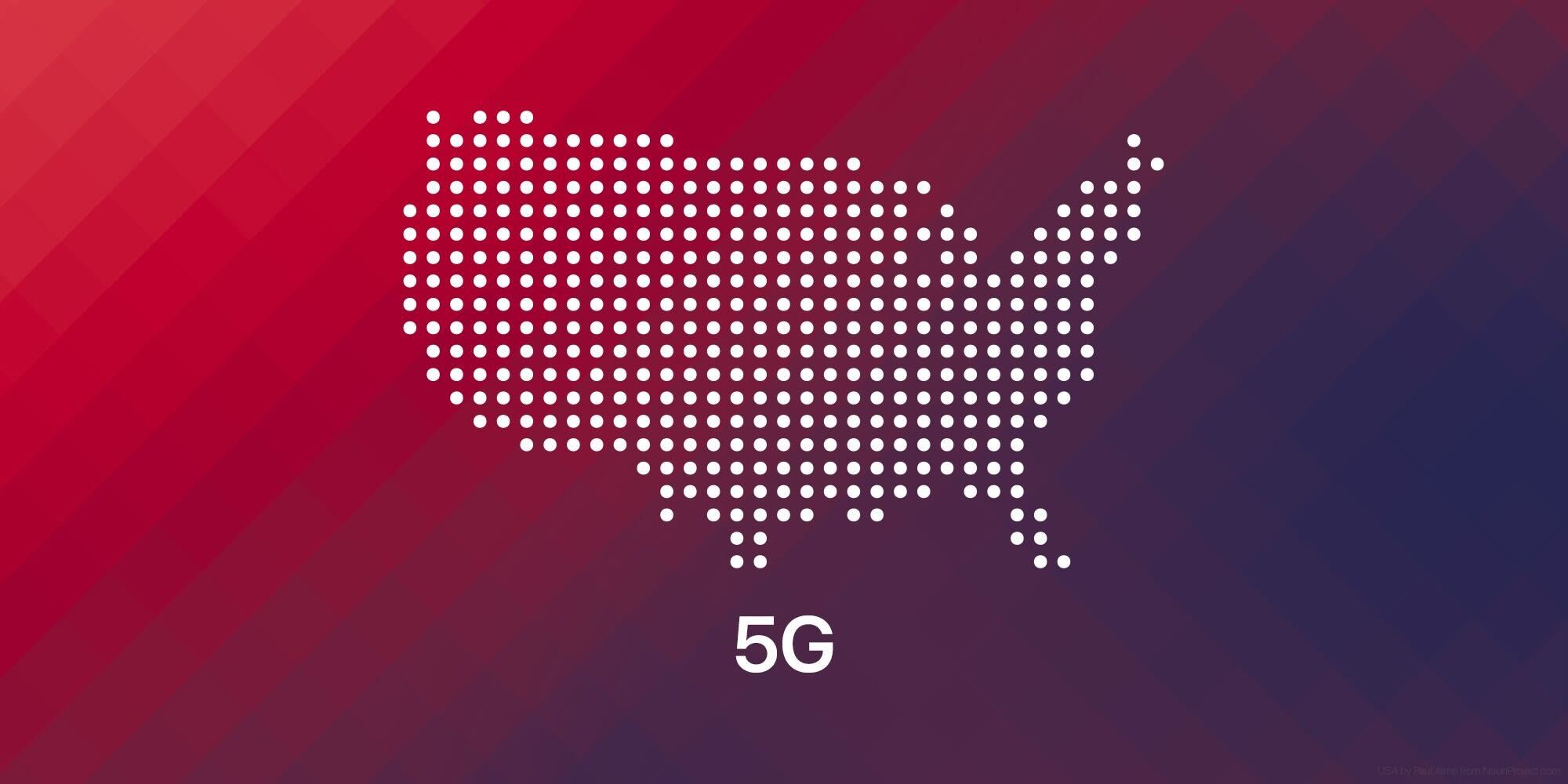
TL;DR
Verizon and AT&T’s coverage maps will look solid on their websites, so here are some tips to figure out how coverage will really be:
- Check coverage with the independent, third-party Opensignal app
- Opensignal gets real-world data from millions of devices and billions of measurements
- Get a quick coverage comparison with Signalchecker
- Do a free eSIM trial to test out the coverage (available with Visible/Verizon and T-Mobile, not offered by AT&T)
- Talk with friends, family, or people at work who use the carrier you’re considering
While Verizon has led as far as having the most customers (and still does) along with the broadest coverage over the last decade, AT&T has a strong 4G/LTE coverage footprint too.
However, Verizon did launch 5G UWB coverage in 1,700 US cities earlier this year and just recently won first place for quality performance in a J.D. Power study.
Speed
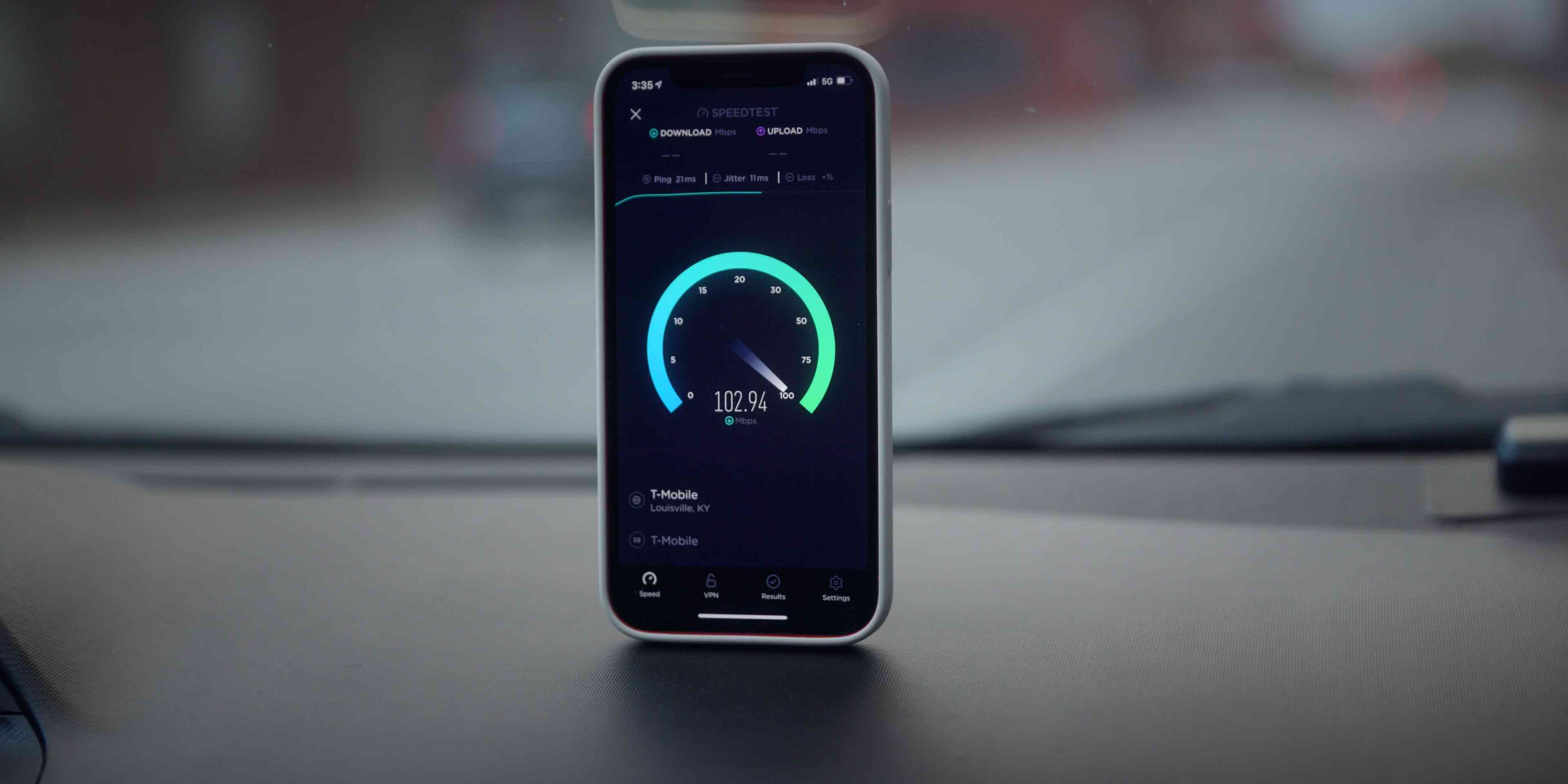
TL;DR
- Verizon has the fastest top speeds if and where you have 5G UWB coverage
- AT&T lags behind
- T-Mobile has the fastest average 5G speeds with more mid-band coverage
Like coverage, a carrier’s speed will depend on a mix of factors like your location, device, signal strength, network congestion, and more.
If you live in a metro area vs a small town, speeds can be very different. Verizon leads with the fastest 1,000+ Mbps speeds if you have 5G UWB coverage. But keep in mind that’s not consistently available.
Here’s a look at how the three major carriers compare for average US speeds in studies from Ookla and Opensignal as of summer 2022:
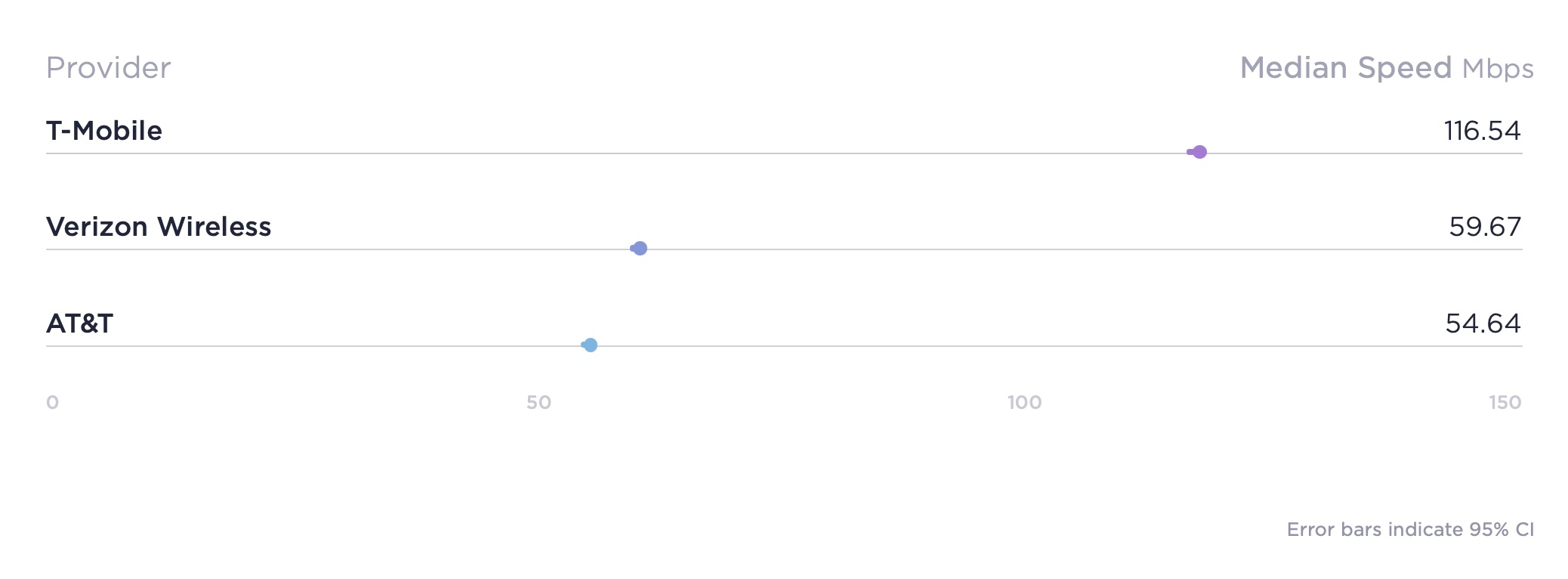
Opensignal’s results show average 5G download speeds in the US as of Q2 2022.
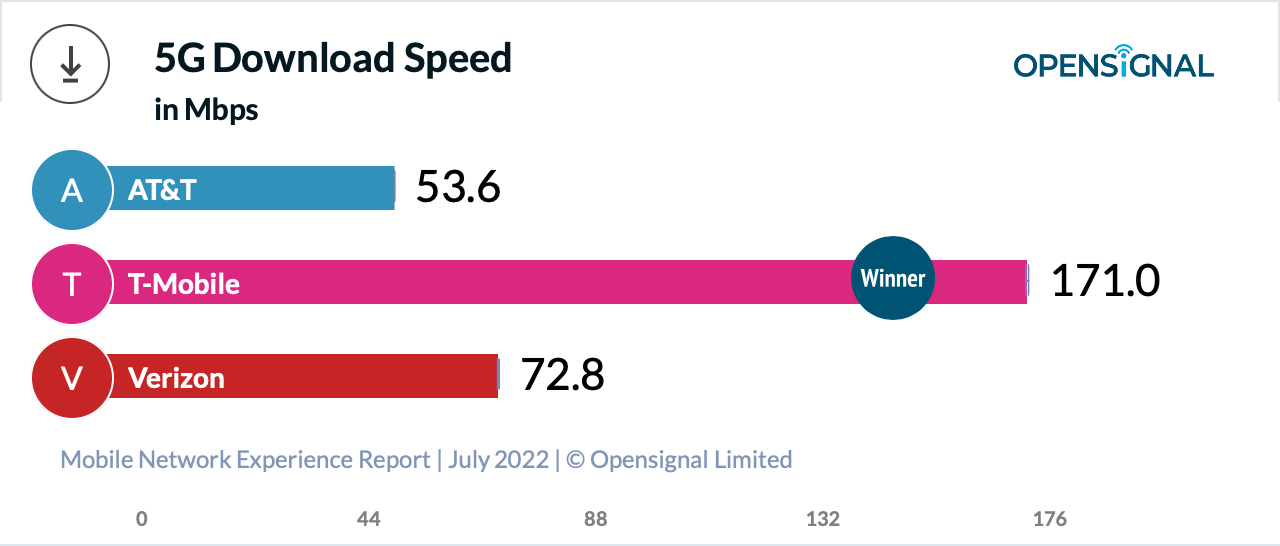
Free and instant eSIM trials

While it’s been a hassle to try out a new carrier in the past, eSIM support on iPhone and other smartphones has opened a new possibility.
Visible (Verizon) and T-Mobile are taking advantage of the tech so customers can instantly test out their networks for free right alongside their existing carrier.
- Start a Verizon eSIM trial through Visible
- Not available through AT&T yet
- Start a T-Mobile eSIM trial
With eSIM trials, you can see the signal of your current carrier and the one you’re testing simultaneously. And you can decide to keep using your existing carrier and number for phone calls while using the trial for cellular data.
Verizon vs AT&T: Price
This summer Verizon launched a more affordable unlimited plan:
With that pricing between Verizon and AT&T is very close. Verizon is cheaper for the basic unlimited plan and AT&T is a touch cheaper for the premium unlimited plan.
Keep in mind these prices can change based on how many lines you need.
| Plan/price | Verizon | AT&T |
| Basic unlimited | $30/per phone with autopay and 4 lines – $10-25 total account discount for military/vet/1st responder | $35/per phone with autopay and 4 lines or $26.50/per phone for military/vet/1st responder with 4 lines |
| Upgraded unlimited | $35-45/per phone with autopay and 4 lines – $10-25 total account discount for military/vet/1st responder | $40/per phone with autopay and 4 lines or $30/per phone for military/vet/1st responder with 4 lines |
| Premium unlimited | $55/per phone with autopay and 4 lines – $10-25 total account discount for military/vet/1st responder | $50/per phone with autopay and 4 lines or $37.50/per phone for military/vet/1st responder with 4 lines |
Incentives and deals
Both carriers offer (at the time of writing) up to $700 or $800 for a trade-in when buying a new device. Verizon offers a better bring your own device credit along with the Disney+ bundle included with some of its unlimited plans.
Also, the carriers usually launch aggressive incentives when the new iPhones launch, so keep an eye out for that.
| Incentives | Verizon | AT&T |
| Trade-ins | Up to $800 | Up to $700 |
| Early termination fee or device balance coverage | – | – |
| Bring your own device credit | Up to $500 | Up to $250 |
| Streaming video service included | Disney+ bundle | – |
Finally, Verizon gives up to 50% of 5G home internet for their cellular customers.
Best affordable alternatives to major carriers
If slashing the cost of your phone bill is a priority, check out our full guide on the best affordable iPhone plans.
We go over which of the major networks each provider uses, key features, and more with plans starting from just $10 a line.
Verizon vs AT&T conclusion
When looking at coverage, performance, and price, for Verizon vs AT&T, Verizon comes out on top.
Verizon pros:
- Top in quality performance (recent J.D Power study)
- Great overall coverage
- Fastest speeds when 5G UWB is available and faster average speeds than AT&T
- New unlimited plan from $30/line
Hopefully, now you have a clear picture of how the major carriers compare, how to check real-world network coverage, and start a hassle-free eSIM trial (Verizon through Visible). Thanks for reading our guide on Verizon vs AT&T!
If you’re curious about how AT&T compares to T-Mobile and Verizon, we have a guide that includes all three:
FTC: We use income earning auto affiliate links. More.

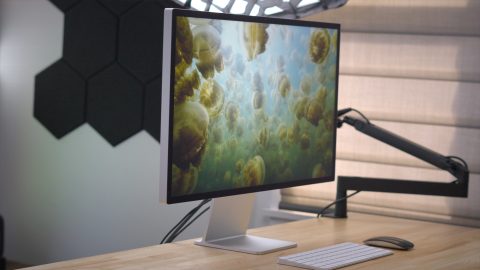
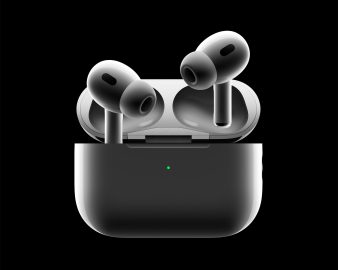

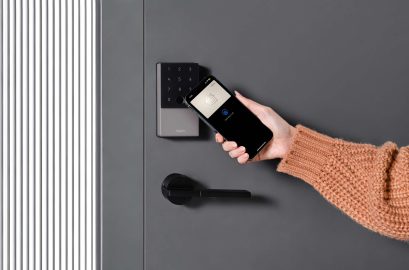




Comments